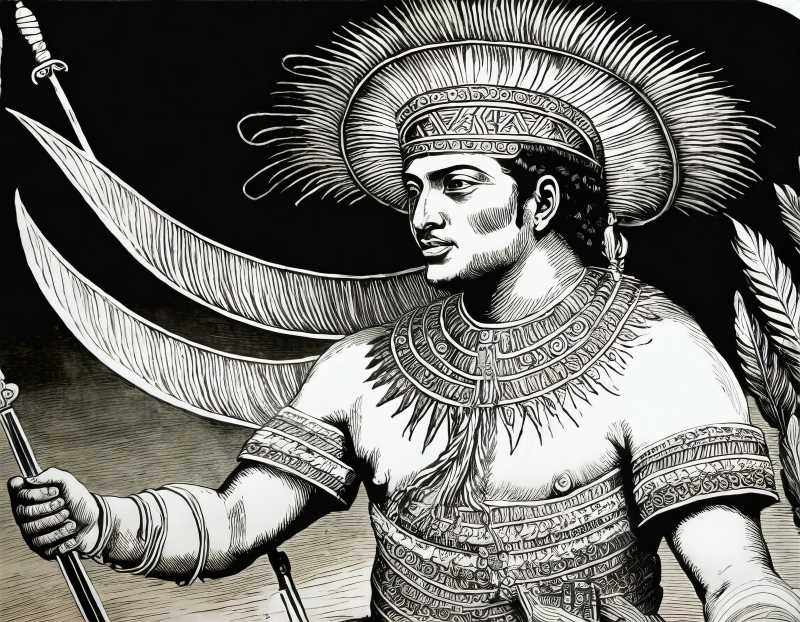The Power Play of Aztec Politics (and How to Keep Your Head)
In the Aztec politics, the huey tlatoani orchestrated divine authority, while the cihuacóatl covered in his absence. Supreme councils and dignitaries added flair, and tribute, overseen by the cihuacóatl, fueled the empire's financial pulse.

In the bustling mosaic of Aztec political organization, the huey tlatoani, or “the great one who speaks, the great organizer,” reigned supreme. Picture him as the ultimate multitasker, juggling divinity, law, war initiation, and important enterprises—all in a day's work. Unlike some of his deity-descendant counterparts elsewhere, the huey tlatoani wasn't claiming godly heritage; he was just excellent at being in charge.
Now, let's not forget about the cihuacóatl, the “female serpent” or “female twin,” who played understudy to the huey tlatoani. When the big boss was away, she stepped in, not just to water the plants but to preside over the highest court and handle religious and public administration matters. It's like having a deputy president with a penchant for serpentine symbolism.




